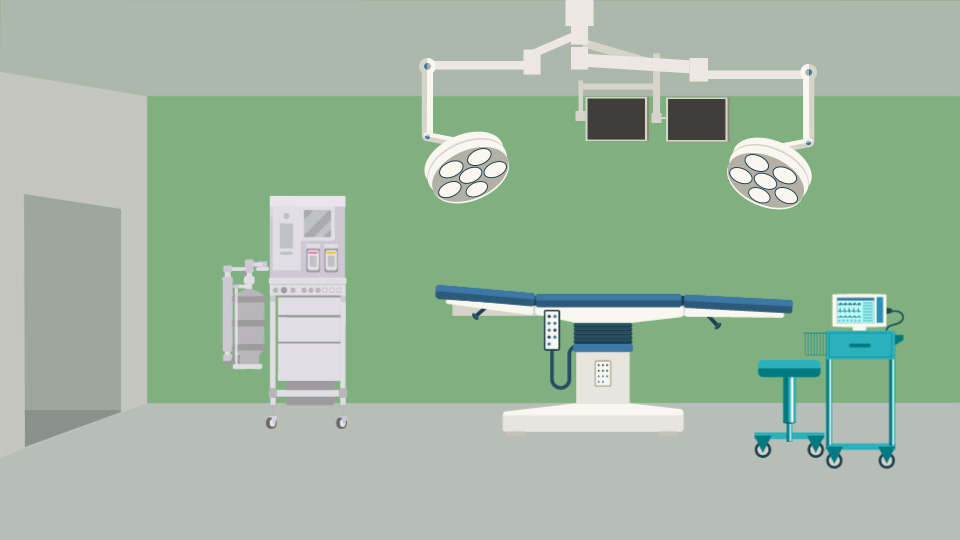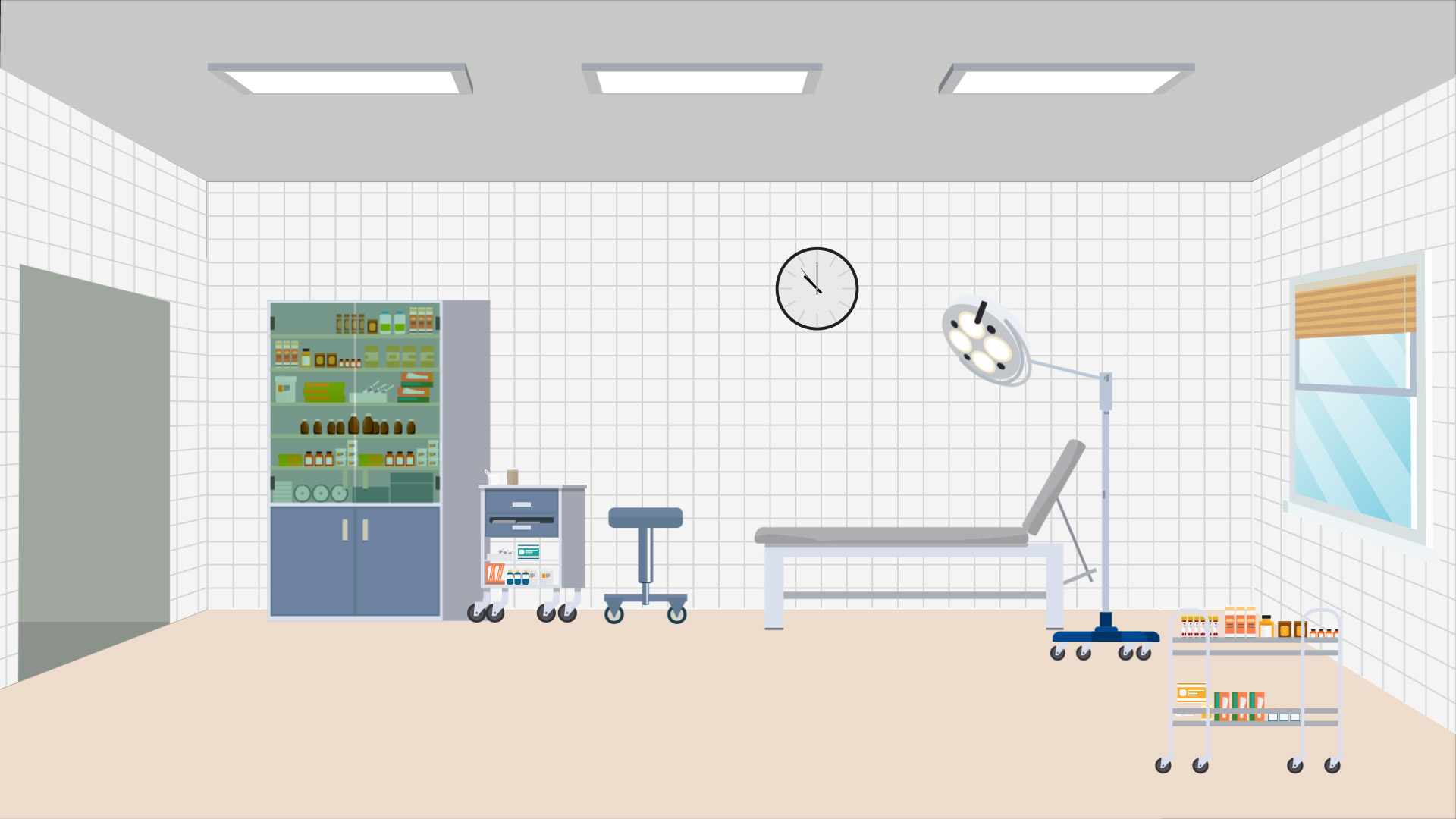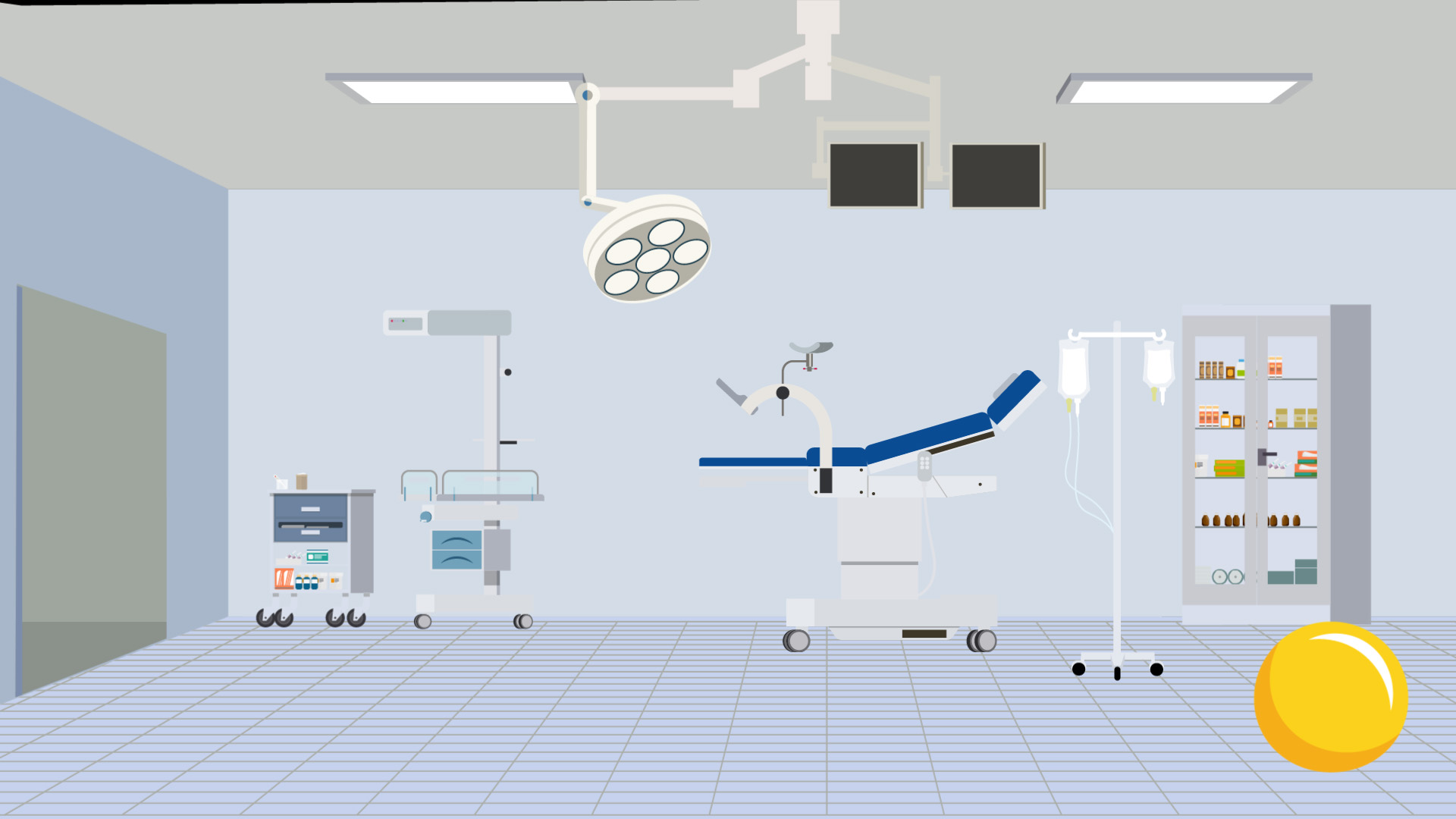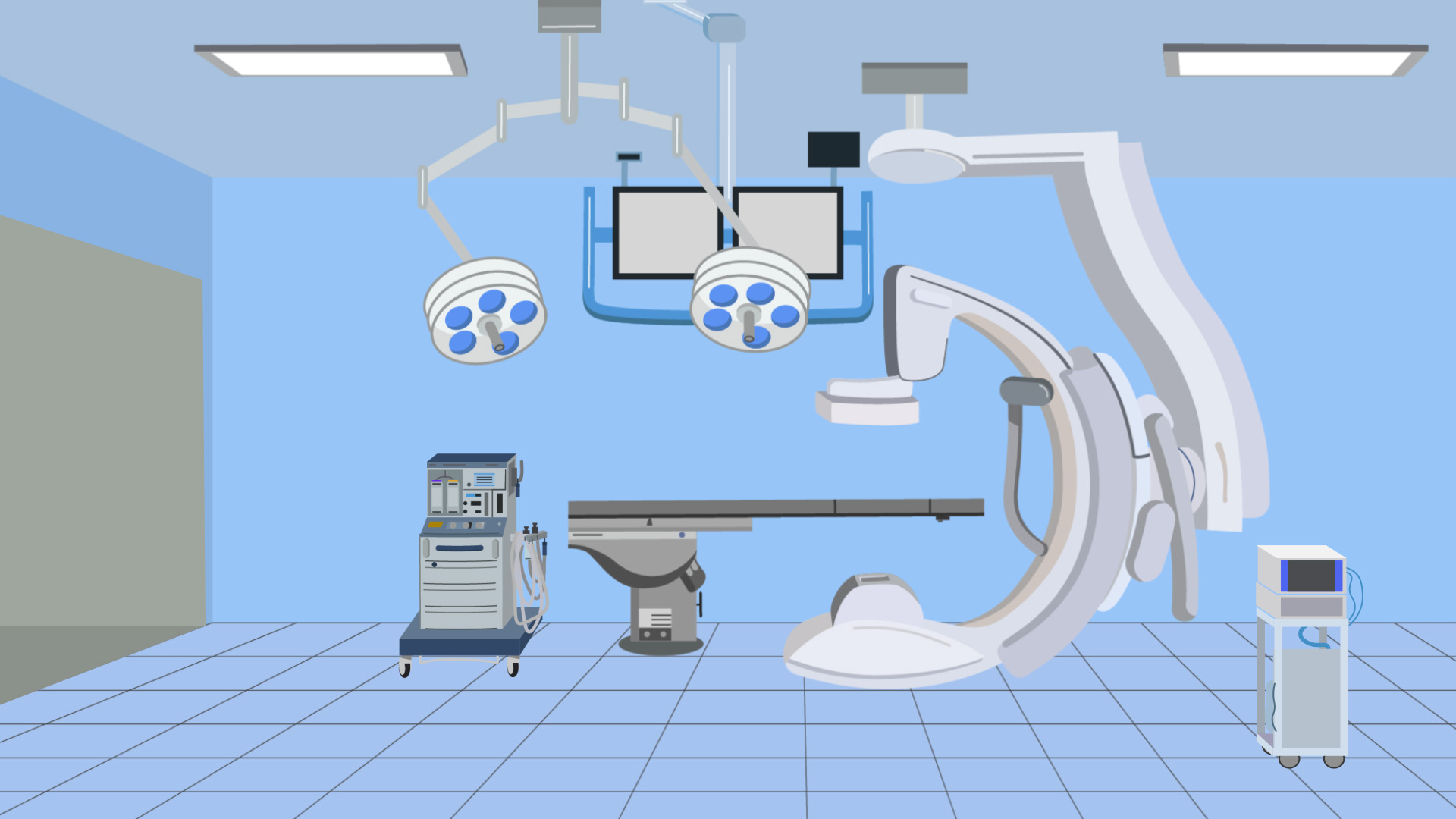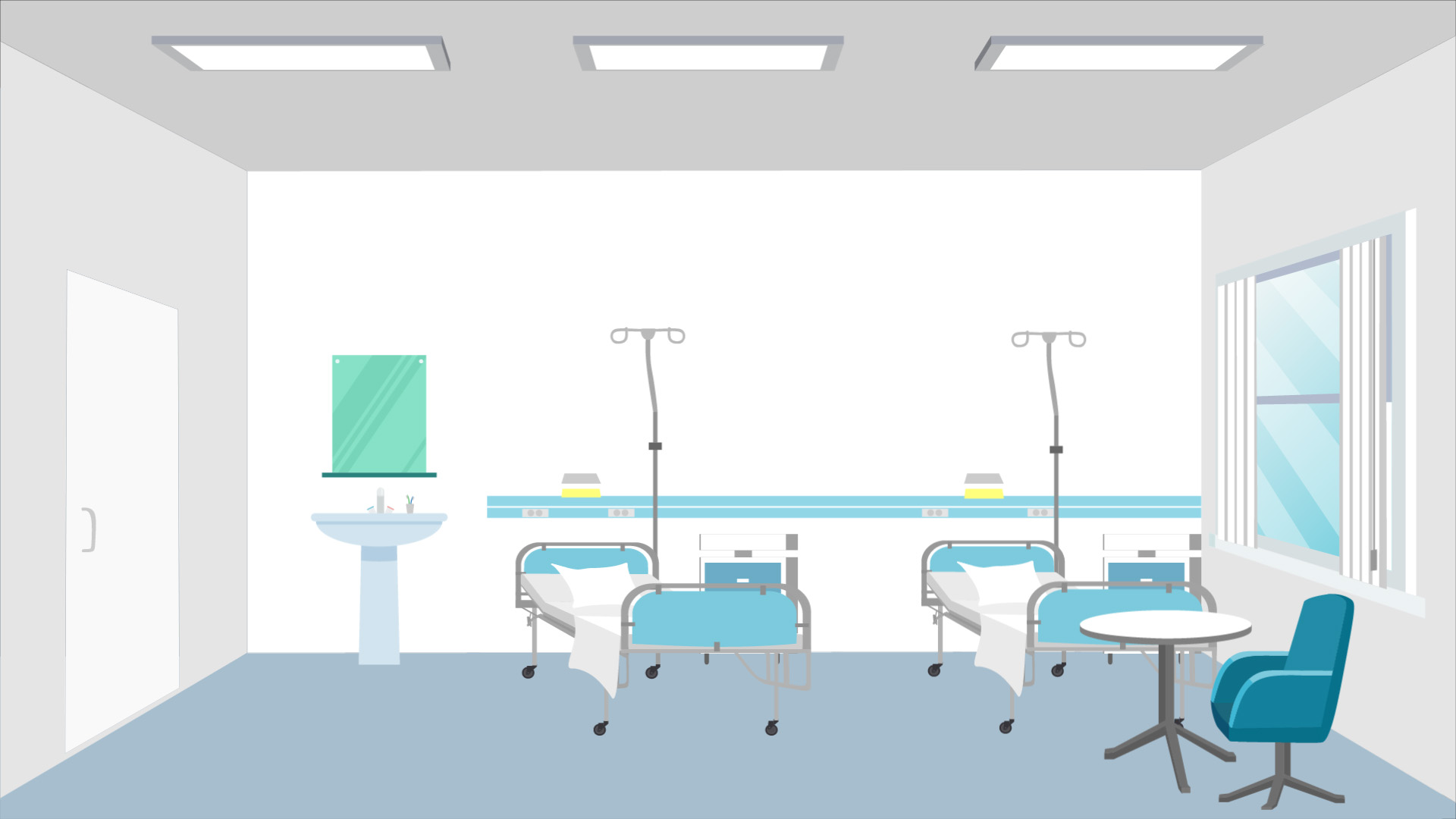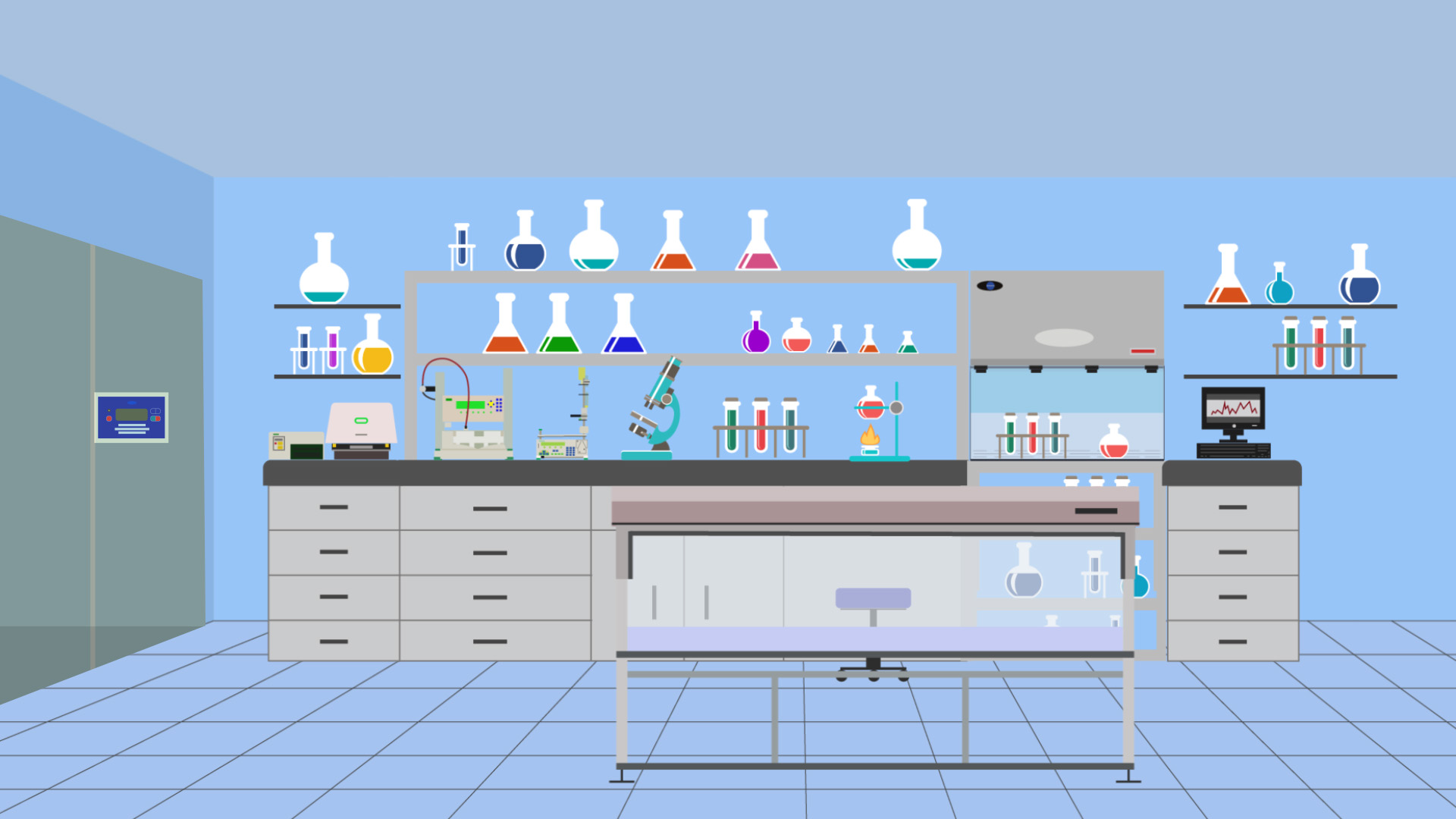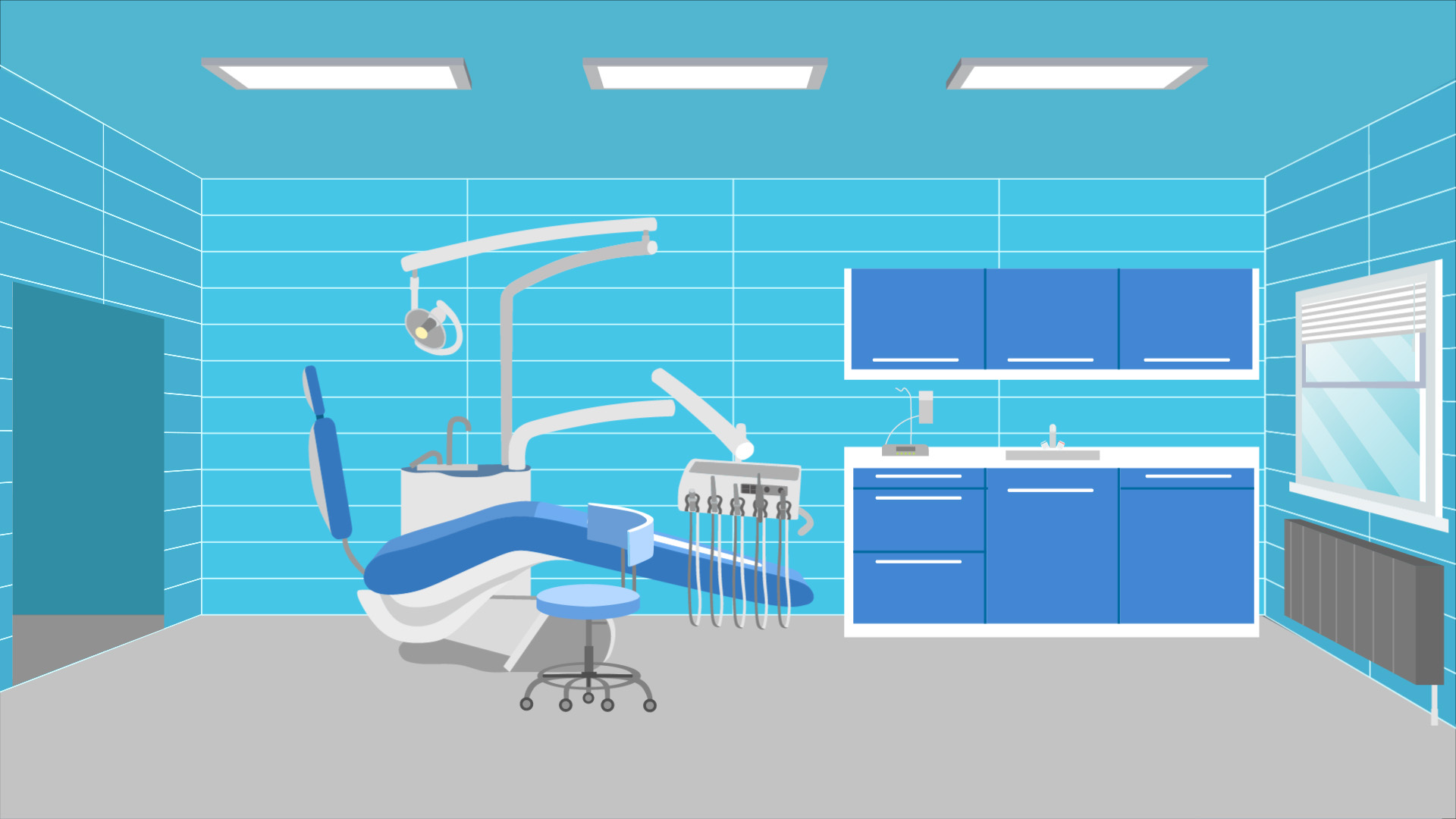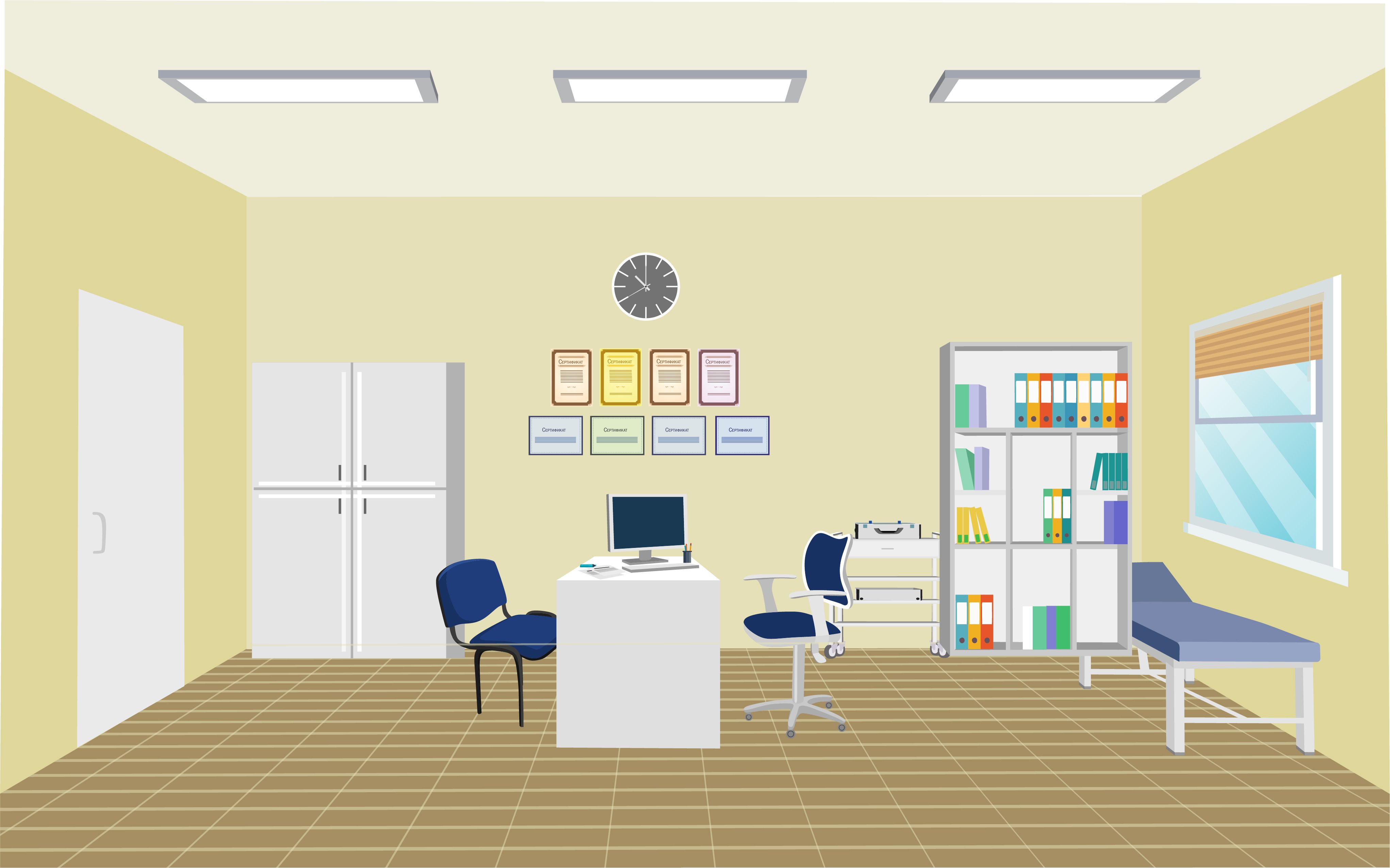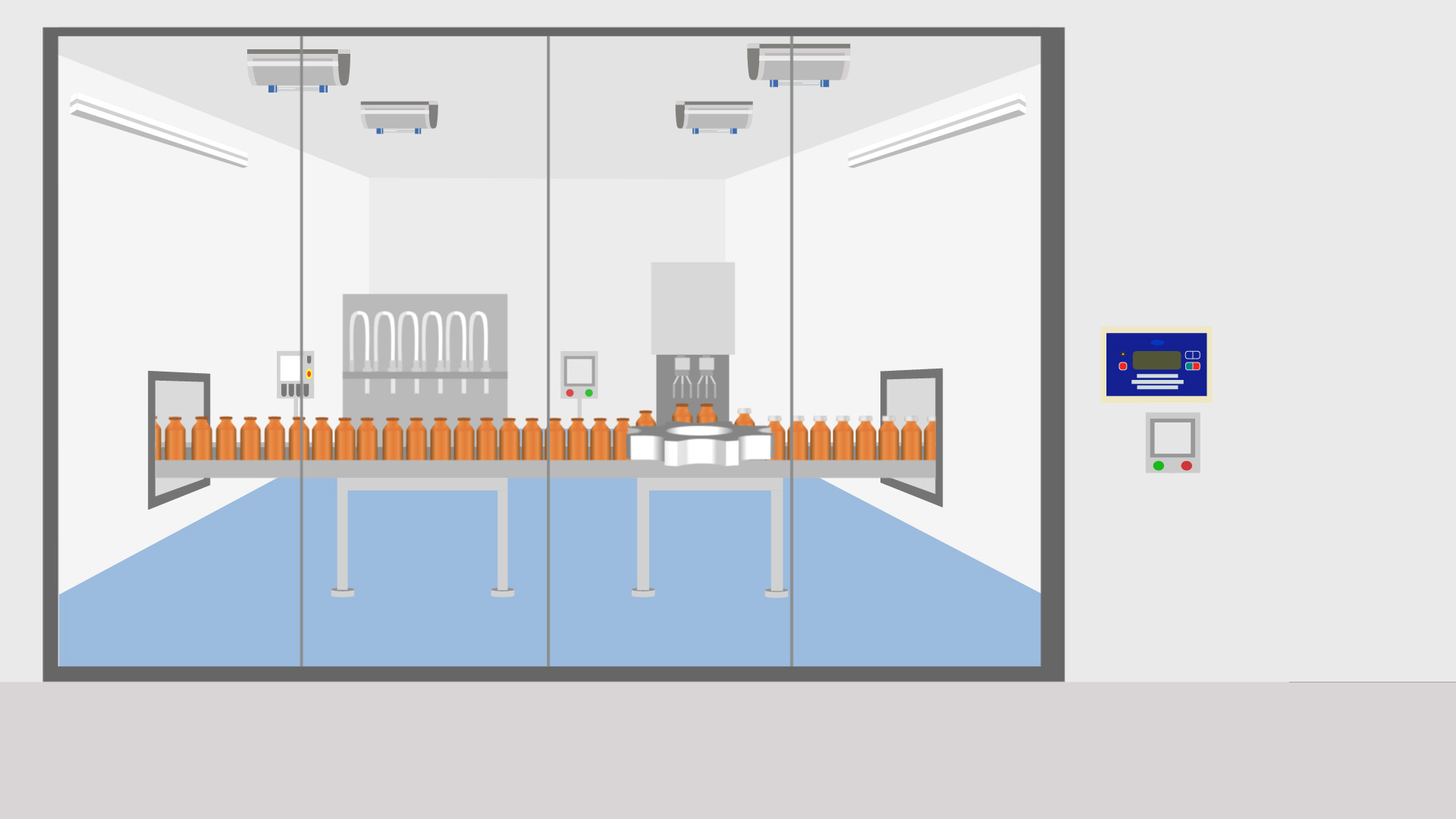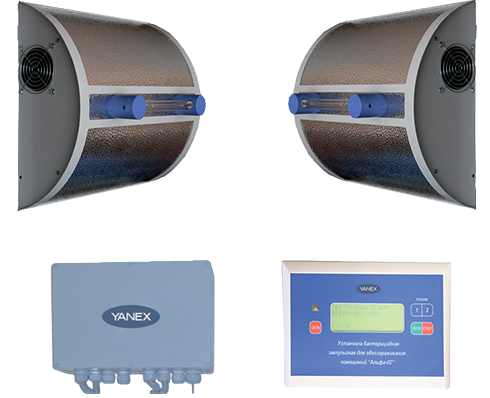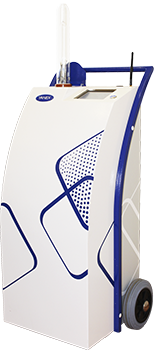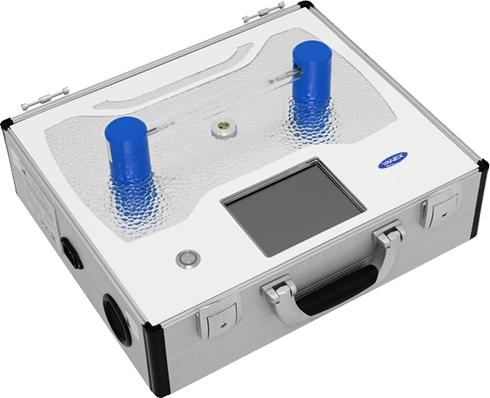Culture
Infectious safety at cultural facilities is a set of measures to prevent infecting the visitors and working personnel with infectious and viral diseases in case of their introduction to cultural facilities, internal circulation and further spread to the outside.
One of the main effective measures to prevent their infection is the mandatory implementation of complex disinfection measures at cultural facilities. If they do not comply with the approved sanitary and epidemiological rules and regulations, they may be close.
Most dangerous in terms of pathogenic microorganisms and viruses introduction to visitors and working personnel are lobbies, halls, exhibition rooms and auditoriums, rehearsal rooms, dressing rooms, ticket offices, elevators, escalators, staff quarters, doorknobs, spectator seats, staircase handrails, washrooms, restaurants and cafes, etc.
The specifics of infectious safety at cultural facilities
- A large number of various purpose rooms with a high visitors’ flow;
- High risk of pathogenic microflora introduction to shopping malls by visitors not examined for infections, working personnel, delivered goods and products contaminated with infectious and viral diseases;
- High risk of cross-contamination between visitors and working staff;
- Possibility of rooms’ contamination with human pathogenic microflora
- Insufficient efficiency of the developed disinfection algorithms, including for emergence of infectious foci and emergency situations (mass infection of visitors and working personnel with infectious and viral diseases).
The specifics of disinfection measures at cultural facilities
- Need for repeated disinfection of not only air, but also high touch surfaces during the day;
- Limitations for using of several chemical disinfectant classes and physical disinfection methods in areas with a high visitor flow;
- Corrosive effect of the used inventory and equipment on working surfaces;
- Lack of official regulations on unscheduled and emergency rooms disinfection in cases of mass people infection and poor-quality food poisonings (presence of various "undesirable microorganisms").
Pulsed ultraviolet units allow the cultural facilities to successfully cope with a whole number of problems:
- The units are highly efficient against a wide range of microorganisms and viruses, including SARS-COV-2, minimal time of air and surfaces disinfection in a vehicle, mobility, environmental friendliness and safety;
- Disinfection of cultural facilities with 99.0 % or higher efficiency within shortest time;
- Rapid air and surfaces disinfection of a large rooms’ number without disrupting their work schedule;
- Ensuring microbiological cleanliness of premises by inactivating such microorganisms and viruses that are highly resistant to traditional disinfectants, i.e. highly resistant bacteria, their spore forms, mold and yeast fungi, highly resistant viruses;
- Individual and collective protection of patients and working staff from bacteria and viruses;
- Financial expenses’ reduction by avoiding payments for temporary disability certificates of the personnel, as well as for the infection foci elimination;
- Enhancing the cultural facility image as an organization that cares about providing high quality services by ensuring the infectious safety of visitors and staff.
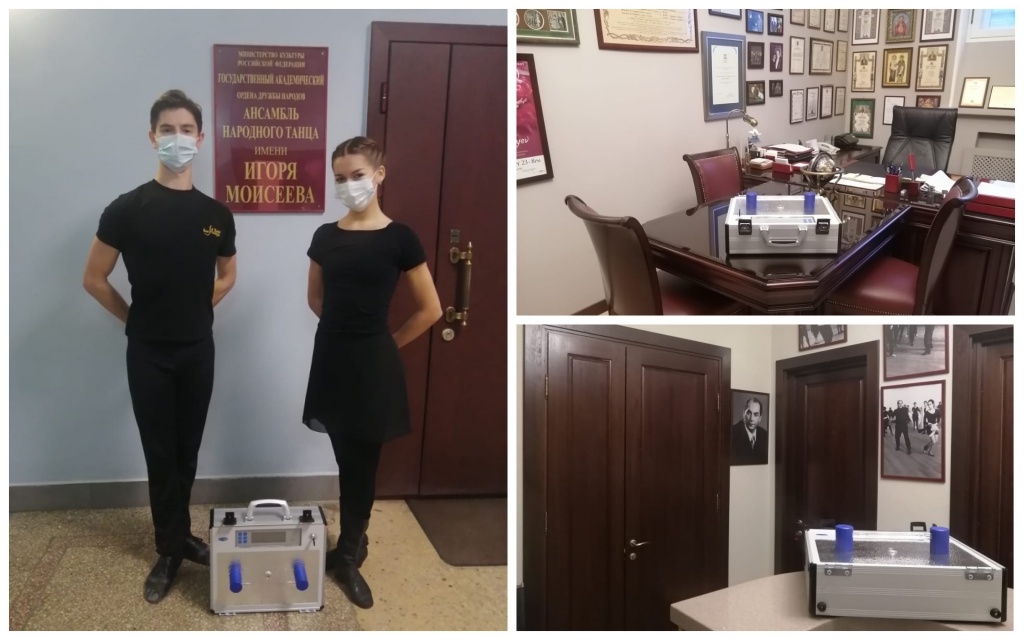
Use of pulsed ultraviolet units as part of disinfection measures complex at cultural facilities allows for:
- Significantly increasing their efficiency due to simultaneous reduction of air and surfaces contamination levels with infectious pathogens and viral diseases;
- Ensuring infectious safety of visitors and working personnel.
We are convinced that pulsed ultraviolet units used in various areas, including cultural facilities, not only during the COVID-19 pandemic and seasonal outbreaks of other viral diseases, but also in "peacetime" are not a luxury, but a necessity that is here to stay.
Select the unit
* - Fields with an asterisk are required.









